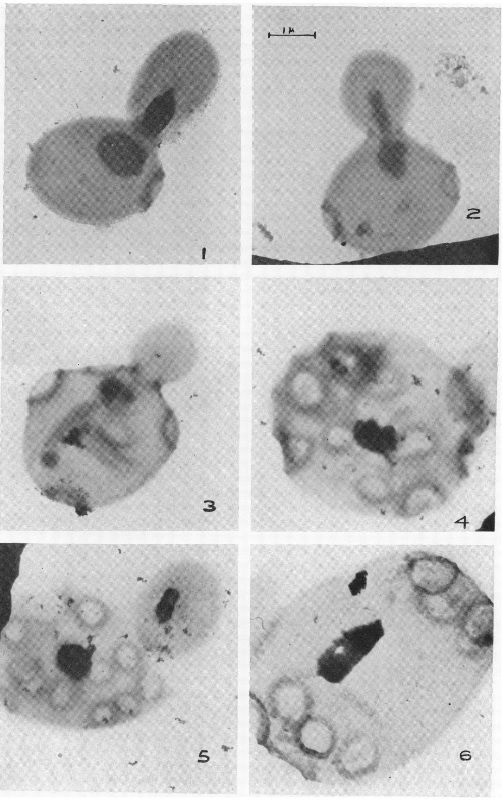If you are serially repitching, do some of the cells from the original generation stick around for subsequent fermentations? At what point do the cells from the original generation die off to be replaced completely by newer cells?
Yes, a percentage of old cells are cropped with the new cells. The larger the difference between the inoculation rate and maximum cell density, the higher the ratio of new to old cells. However, there is a tradeoff in that we want to ensure that the pitched culture is large enough to rapidly "own" the culture. The number one limiting factor in bottom-cropped yeast is contaminant load. There is an opportunity for whatever intruders have made their way into a culture to multiply each time it is cropped and repitched. That's why proper handling of initial pitches is critical. For the most part, the cleaner the initial pitch, the longer a bottom-cropped culture can be repitched. Top-cropped cultures are an entirely different animal. They rely on the dynamic that wild yeast and bacteria generally do not crop to the top (i.e., if one captures a culture in the wild that top crops, one has more than likely captured a domesticated yeast strain), which why top-cropped yeast can be used almost indefinitely if handled correctly.
We have all been told to crop from the middle of the cone. The reason behind this recommendation is three-fold. The first reason is obvious in that the bottom of the cone contains most of the break. The second reason is also somewhat obvious in that we do not want to crop cells that exhibit early flocculation because that practice can result in a culture becoming progressively more flocculent. However, another reason for not cropping from the bottom of the cone is that it contains dead and older less viable cells that we do not want to pitch into our next batch.
A scar is left on the surface of the cell wall every time a yeast cell buds. As yeast cells take in nutrition and expel waste products through their cell walls, bud scars affect a yeast health.
Budding yeast and bud scars
